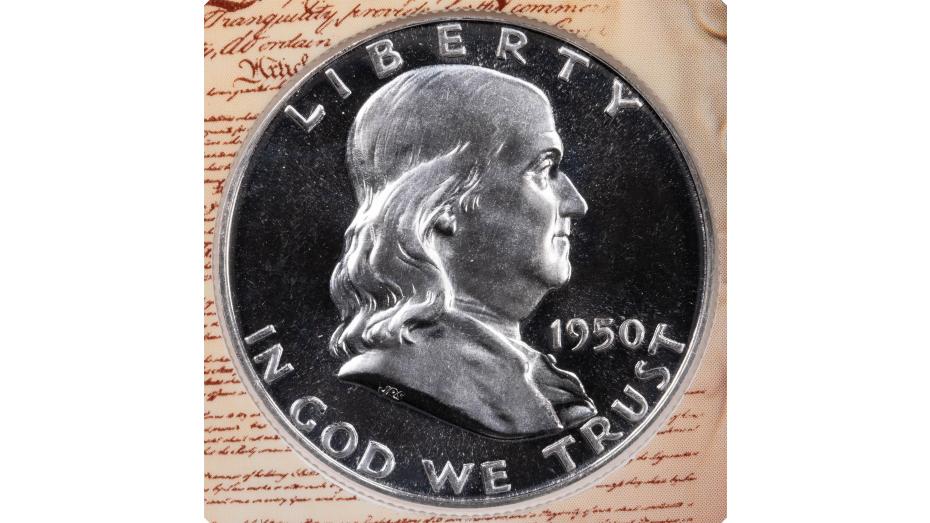How a Frosty Coin is Struck: Coin Cameo History
When looking at a coin, there are two basic portions that we can refer to: the devices, also known as the raised design elements, and the fields, commonly called the flat background. Although these two portions of the coin can exhibit a uniform appearance, they can also exhibit a two-toned appearance. These two tones are known as frosted, which appears as white on the devices, and mirrored, which appears as black on the fields. When a coin exhibits frosted devices and mirrored fields, it is known as Cameo contrast. Coins that exhibit stark Cameo contrast are highly sought after and generally thought of as having the highest level of eye appeal.
Although common in the modern era of coin production, Cameo contrast used to be a tremendous rarity before 1973. Prior to ‘73, only the first few coins struck from fresh dies were able to exhibit cameo contrast.
During the 1950s dies were pickled in a 95% alcohol and 5% nitric acid solution. This gave the die a frosted aesthetic. Subsequently, the fields would be polished away which left them with a brilliant finish. When these dies would strike coins, the frosted devices and brilliant fields would be impressed onto the coins. Each successive coin that was struck exhibited less cameo frost due to the intense pressure of each strike. After a few dozen coins were struck, you would eventually be left with fully brilliant coins instead of coins with cameo contrast.
Starting in 1973, the United States Mint discontinued the use of die pickling and began experimenting with sandblasting. Sandblasting is the process of cleaning or roughening a surface using a jet of sand propelled by compressed air or steam. The impact of the sand on the surface of the coin die would impart a frosted finish. After the sandblasting, the fields were polished exactly like they were done in the 1950s. Finally, the die was then chromium plated in order to protect the surface of the die. In turn, this allowed for a much larger amount of Cameo coins to be struck per die.
By 1977, the U.S. Mint was more or less able to perfect the art of cameo coins. At this point in time, it became nearly impossible to find coins that were struck in Proof that did not exhibit at least some Cameo contrast. The main issue then was the packaging. The casing used for Proof coinage was not inert, meaning that the chemicals in the plastic wrap were interacting negatively with the coins. The use of this detrimental material caused unsightly toning and spotting on many of the Proof coins of this era, effectively ruining their Proof aesthetic.
The use of these harmful plastics to store Proof coinage was stopped in the 1990s. Currently, coinage is kept in casings that are composed of inert materials. As a result of these new cases and a perfected Cameo process, nearly all Proof coins produced today are graded with Ultra Cameo and Deep Cameo designations.
Finding a frosty Proof coin is always exciting, and Rare Collectibles TV has a stunning selection from Franklin Half Dollars personally inspected by Rick Tomaska to perfectly graded Ultra Cameo American Silver Eagles.






